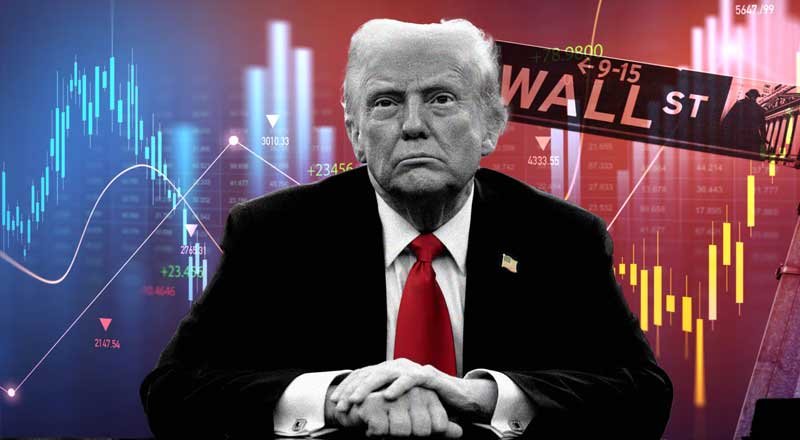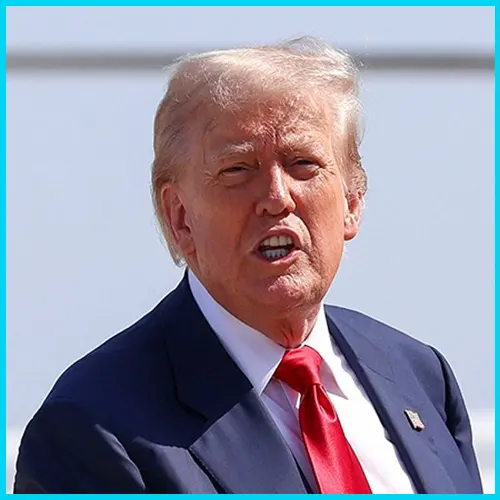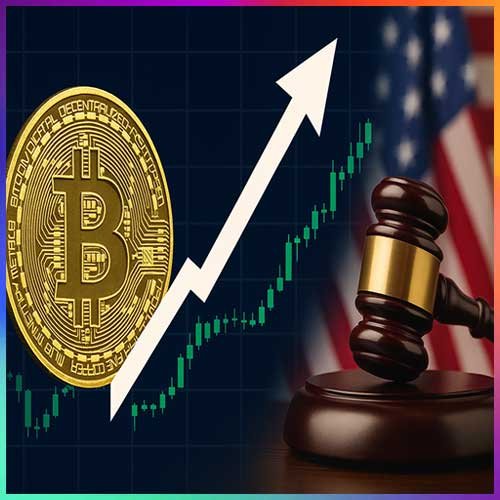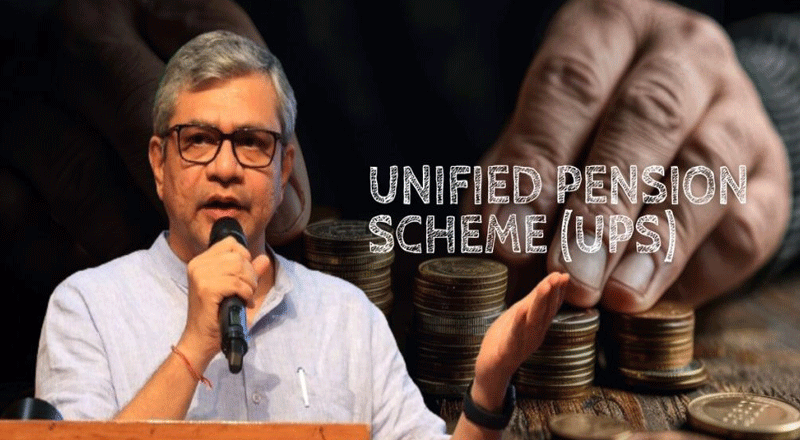
Trump Pauses Tariffs After Bond Rout
The recent U.S. market turmoil revealed the sensitivity of financial systems to abrupt shifts in trade policy. Major indices, including the Dow, S&P 500, and Nasdaq, registered sharp declines in response to the government's unexpected tariff stance.
A sharp sell-off in the $29 trillion Treasury market prompted President Trump to halt the proposed tariffs. At the core of this upheaval was a policy pivot toward protectionism. The administration's aggressive tariff announcements marked a deviation from long-standing trade practices, injecting uncertainty and unsettling markets.
Simultaneously, the U.S. Treasury market witnessed a pronounced sell-off. Investors, reacting to the tariff news, dumped government bonds, driving up yields and signaling rising concerns over economic stability and borrowing costs.
This bond market reaction was more than a financial move—it symbolized a broader apprehension about inflation and reduced growth. Higher yields implied tighter financial conditions, escalating investor anxiety across sectors.
President Trump's eventual decision to delay tariff implementation provided temporary relief. His remarks appeared to acknowledge the bond market's influence and aimed to temper investor concerns with reassurances.
The episode revived discourse around “bond vigilantes”—investors who respond to fiscal policies by dumping bonds, thereby applying pressure on policymakers perceived as fiscally reckless.
Market sentiment, already cautious, was jolted by the speed and decisiveness of the tariff move. The shock factor erased complacency and provoked a swift shift from optimism to risk aversion.
Investor behavior mirrored this shift. A rapid and widespread sell-off across equity and bond markets underscored the extent of concern regarding the policy's economic ramifications.
Beyond domestic markets, fears of global contagion loomed. The interconnected nature of trade raised alarms over ripple effects that could strain economies worldwide, adding another layer of complexity to investor decisions.
Ultimately, the market downturn underscored how quickly sentiment can pivot in response to geopolitical developments. The convergence of policy unpredictability and investor psychology triggered a chain reaction with far-reaching consequences.










